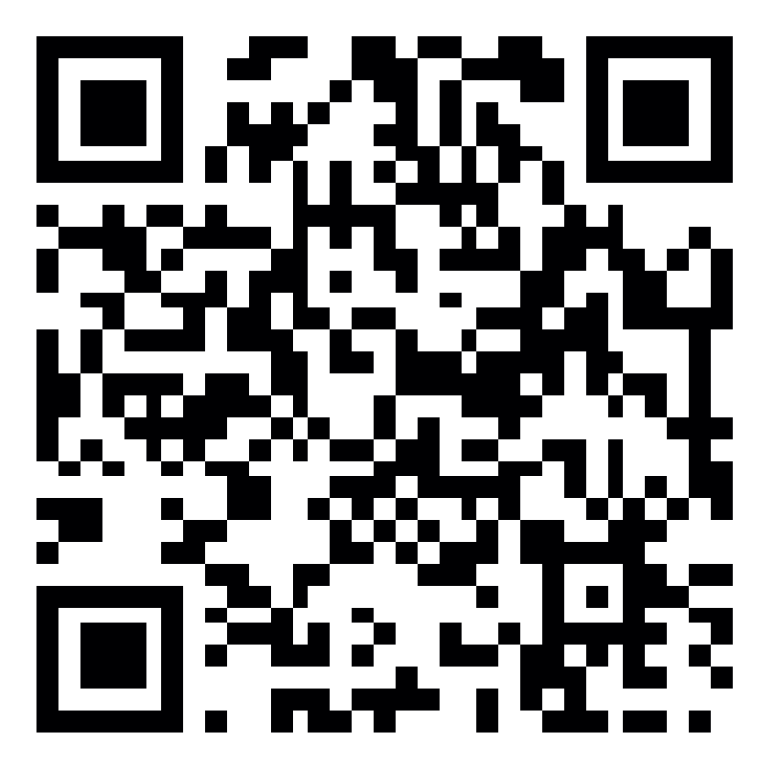Dry Vacuuming
- The dust extractor must not be used without a filter.
For dry extraction, the main filter (32) must be dry and a plastic bag (36) must be used see Inserting/removing the plastic bag (dry extraction) (see figure C).
- There must be a sufficient air exchange rate in the room when the exhaust air comes back into the room. Be aware of the corresponding national regulations.
Connect the extraction outlet of the power tool and the vacuum hose (20) either directly or via the dust extraction adapter (21) see Fitting the extraction adapter or curved nozzle (see figure F).
Note when using the dust extraction adapter: When working with power tools that have a low air feed into the vacuum hose (e.g. jigsaws, sanders, etc.), the false air intake (42) of the dust extraction adapter (21) must be opened.This will improve the total output of the dust extractor and the power tool. To do this, turn the ring above the false air intake (42) until the opening is at its maximum size.
The SDS Clean adapter (23) can be used for dust extraction when drilling.Make sure to observe the corresponding operating instructions when using this.
With the Auto-Start function, you can automatically switch the dust extractor on and off with the power tool using the Auto-Start remote (39):
- Turn the on/off switch (14) to position
 . The Auto-Start function indicator (4) lights up to indicate that the function is switched on.
. The Auto-Start function indicator (4) lights up to indicate that the function is switched on. - Connect the dust extractor to the Auto-Start Remote see Establishing a Connection to the Auto-Start Remote (Accessory) (see figure J). When fitting the Auto-Start Remote (39) to the power tool, observe the operating instructions of the Auto-Start remote.
- To switch on the dust extractor, switch on the connected power tool. The dust extractor will start automatically.
- Make sure that the dust extractor has started after the power tool has been switched on.
- To switch off the dust extractor, switch off the power tool. The extraction comes to an end after the set run-on time.
During the run-on period, the residual dust is extracted from the vacuum hose. You can determine the run-on time using the Bosch Toolbox app.
The air flow alarm is automatically triggered as soon as the air flow falls below the minimum value set by the relevant standard. When an air flow alarm is triggered, the air flow alarm indicator (1) flashes yellow and the statusbar (2) lights up yellow.
Switch off the dust extractor and eliminate the cause of the alarm.
After each step, check whether the air flow alarm is still activated by switching on the dust extractor. In this case, switch off the dust extractor and perform the following actions. Proceed as follows:
- Check that there is sufficient air flow through the connected power tool.
Open the false air intake (42) of the dust extraction adapter (21) or the false air intake of the power tool completely. - Check the state of charge of your rechargeable battery.
If the rechargeable battery is running low on power, charge or change the rechargeable battery. - Check the plastic bag (36).
If it is full, switch it out for another one. - Disconnect the vacuum hose (20) from the dust extractor.
If this ends the air flow alarm, check the vacuum hose (20) for kinks and remove any suction residues in the hose or the fitted nozzles. - Activate the manual filter cleaning see Manual Filter Cleaning.
- Clean the main filter (32) see Cleaning/replacing filters.
- Change the main filter (32).
If all measures have been carried out to no success, contact an authorised Bosch after-sales service centre.
- Only carry out the filter cleaning with the dust extractor switched off and the turbine stationary.
The filter cleaning function should be activated at the very latest when the suction power is no longer sufficient.
How often filter cleaning needs to be carried out will depend on the type and quantity of dust that has been extracted. With regular use, the maximum conveying capacity will be maintained for longer.
For the filter cleaning, open and close the battery compartment cover (18). This sets the filter into vibration. Opening and closing multiple times (up to three times) will improve cleaning.

You can find a video on manual filter cleaning via this QR code.
The friction generated by the dust in the vacuum hose and accessory during vacuuming causes an electrostatic charge that may be perceptible as static discharge (depending on environmental factors and physiological state).
This dust extractor is fitted with a conductive vacuum hose (20) as standard.This vacuum hose (20) is electrically connected to the bag holder (33) via the hose adapter (10). Therefore, if the vacuum hose (20) comes into contact with the floor, an electrostatic discharge is possible.